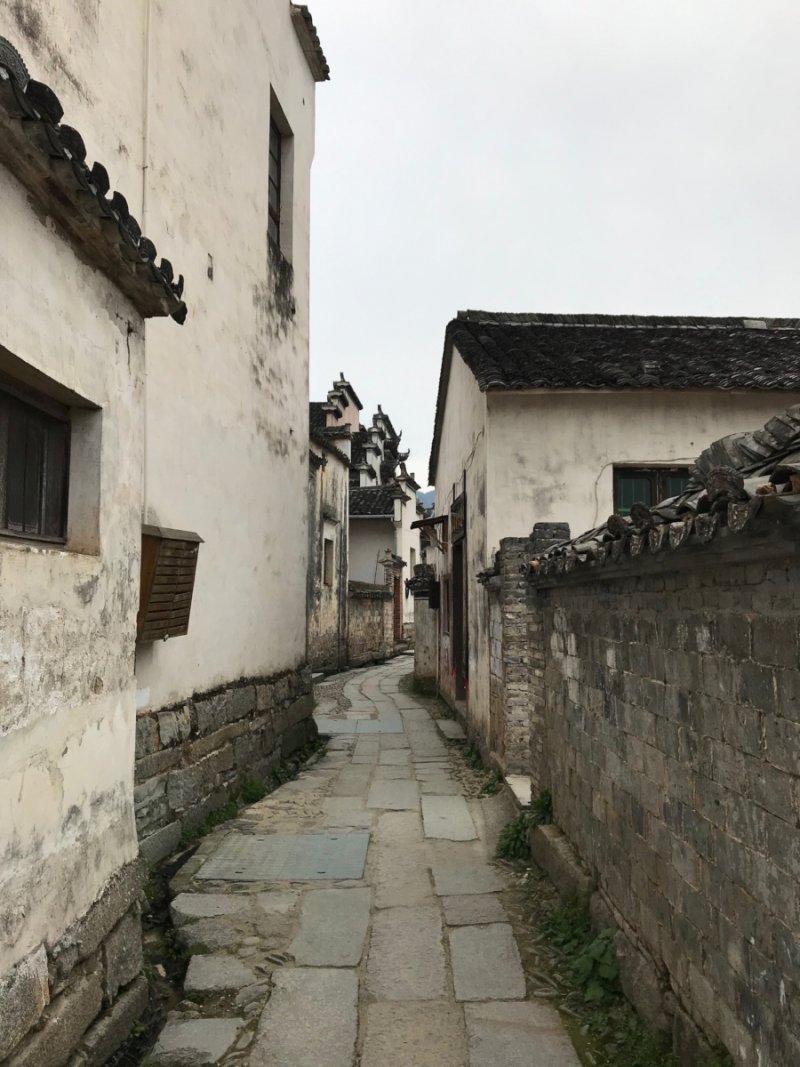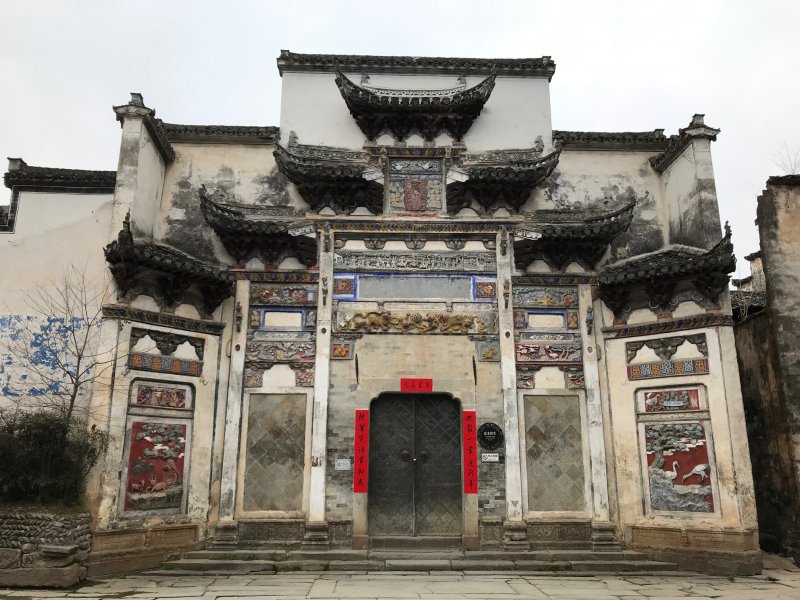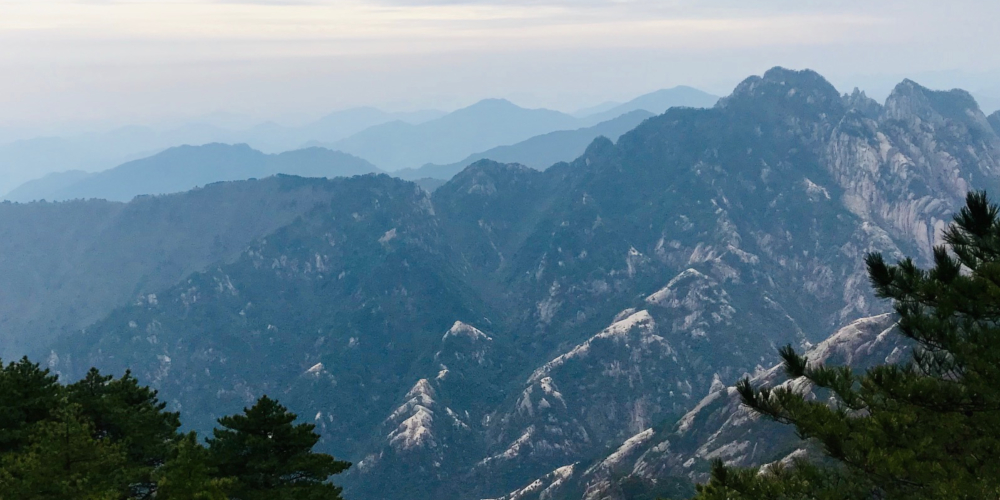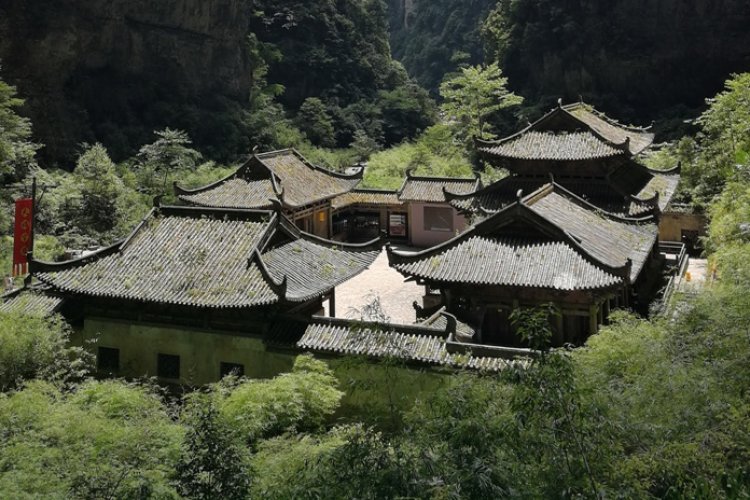Exploring Huangshan and Off-the-Beaten-Track Anhui Province
Huangshan (Yellow Mountain), known locally as “the birthplace of Chinese tourism,” was formed over 100 million years ago, and is the backdrop for many ancient Chinese paintings.
At just two hours flight from Beijing, it makes for the perfect weekend trip, or even longer if you want to take your time traversing its many peaks (some stretching over 1,000 meters (or 3,250 feet) tall) or want to venture into the picturesque villages lying around it.
Getting there
From Beijing, you can either fly into Tunxi Huangshan International Airport, or take a train to either Huangshan North Railway Station or Huangshan Station. All three of these are close to the mountain, and you can take a taxi from there.
Visiting Huangshan
The mountains have multiple entrances and are quite popular with tourists. To avoid the masses, the best thing to do is to visit on a day that is not a public holiday, nor a weekend. Entry to the mountain is RMB 190 (off-peak) and RMB 230 (peak) and is valid for two days.

You can enter via Tangkou village, where there is a shuttle bus service every 20 minutes to the Hot Springs (also great if you’ve got the time), to Yuping Cable Car Station and to Xinyungu Cable Car Station. The road from Tangkou village to these stations is only accessible via those buses (RMB 19 per person, one way).
An alternative is entering via Taiping Cableway, accessible from Huangshan North station by taxi or local bus (RMB 15-20 per person, one way). The cable cars themselves are pricier at RMB 90 per person per way, but once you are up there you can walk around freely.

Views along the paths are incredible, and there is ample signage and guidance for those wishing to get to a specific point or peak. The highest points (Lotus Peak, Bright Peak, and Celestial Capital Peak) may not always be open, but there is plenty to discover either way.
Bishan Village
Once you've had your fill of the mountain, it's time to explore some of the villages nearby. While you could go to Hongcun and Xidi, UNESCO World Heritage Sites (which can get busy beyond belief), we decided to go elsewhere to avoid the crowds, namely the sleepy village of Bishan. Bishan Village is home to a wonderful guesthouse called “Pig’s Inn,” which is housed in an old 300-year Ming Dynasty old oil factory. The hotel is a sight itself, with beautifully decorated courtyards and ample space to relax throughout.

Serving up a mostly vegetarian buffet, the meals are a mix of tasty local Anhui dishes and other Chinese dishes, served alongside a local rice wine (mijiu) or a Bishan-brewed craft IPA or lychee beer.
Pick up one of the bicycles provided by the guesthouse and you can peddle over to the village itself within five minutes. Here you’ll find a library/bookstore specializing in Chinese culture and art (books all in Chinese, unfortunately), as well as a few shops selling local sesame snacks and postcards.

The best sights, however, are the rolling countryside views along the way.
Pingshan Village
A mere half an hour from Bishan Village, also nestled in the foothills of Huangshan, lies the much larger Pingshan Village (yet which is still tiny compared to anywhere else in China). Entrance to the village is RMB 50 if you go through the main gate.

The village attracts art students, who visit to paint the blooming rapeseed flower fields against to the backdrop of the dramatic white-washed Huizhou-style buildings. As a result, there are a lot of art stores around selling supplies, should you want to give it a go yourself.

Take your time to wander around the narrow alleyways running parallel to canals, and you’ll find beautiful ancestral homes that remind you of the great wealth that was once cultivated here.

And, if you have more time left, there are always the more frequently visited villages of Xidi and Hongcun, or the capital of Hefei, places this author has yet to discover!
Addresses
Pig’s Inn
Renrang Li, Xidi Town, Yi County, Anhui Province, China
Bishan
Bishan, Yi County, Anhui Province, China
Pingshan
Pingshan, Huangshan, Yi County, Anhui Province, China
READ: Ditch Beijing This May Holiday for One of China's Many Music Festivals
Images: Margaux Schreurs







